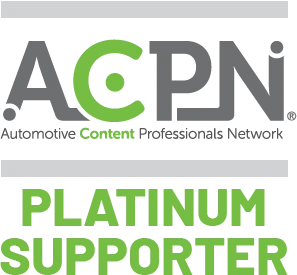17 June 2020 -In its June meeting, SEAC adopted its final opinion supporting the proposal to restrict the manufacture or placing on the market of PFHxS, its salts, or related substances in mixtures and articles. SEAC concluded that the expected benefits and costs to society of the restriction proposal are proportionate and would, therefore, be the most appropriate EU-wide measure to address the identified risks to the environment.
The proposed restriction aims to avoid the regrettable substitution of PFOA, which is set to be banned from 4 July 2020 under the Persistent Organic Pollutants (POPs) Regulation as well as of PFOS, which has already been eliminated under the same regulation. Once adopted, it would reduce the environmental emissions from products and mixtures imported to the EU/EEA (e.g. from water repellent outdoor textiles), minimize exposure of future generations to PFHxS, and prevent further irreversible contamination of drinking water.
Following SEAC’s adoption, the opinions of both RAC and SEAC will be sent to the European Commission, which will decide on the proposal together with the EU Member States.
In their June meetings, RAC and SEAC also discussed other restriction proposals, applications for authorization, occupational exposure limits (OELs), and harmonized classification and labeling. The main conclusions were:
● Both committees supported ECHA’s proposed restriction of intentionally-added microplastics, with RAC adopting its opinion. The 60-day consultation on SEAC’s draft opinion is expected to be launched in early July 2020.
● Both committees supported ECHA’s proposal to restrict the placing on the market of calcium cyanamide used as a fertilizer. The 60-day consultation on SEAC’s draft opinion launches on 24 June 2020.
● SEAC agreed on its draft opinion on France and Sweden’s proposal to restrict skin sensitizing substances in textiles, leather, hide, and fur articles, placed on the market for the first time. The 60-day consultation on SEAC’s draft opinion launches on 24 June 2020.
● Both committees adopted their opinions on applications for authorization on one use of sodium chromate, five uses of octylphenol ethoxylates, and one use of nonylphenol ethoxylates.
● In response to a European Commission request, RAC adopted its opinions on the scientific evaluation of occupational exposure limits (OELs) for lead and its compounds, and diisocyanates.
● RAC adopted 11 opinions on harmonized classification and labeling.
Reference: https://echa.europa.eu/documents/10162/29085596/annex_rac_seac_june_2020_en.pdf/967b0aac-b2be-8b0d-0b32-05455e7b0478
If this regulation is applicable to you and you are interested in knowing more about this topic and available solutions, then schedule a free consult with our experts.

